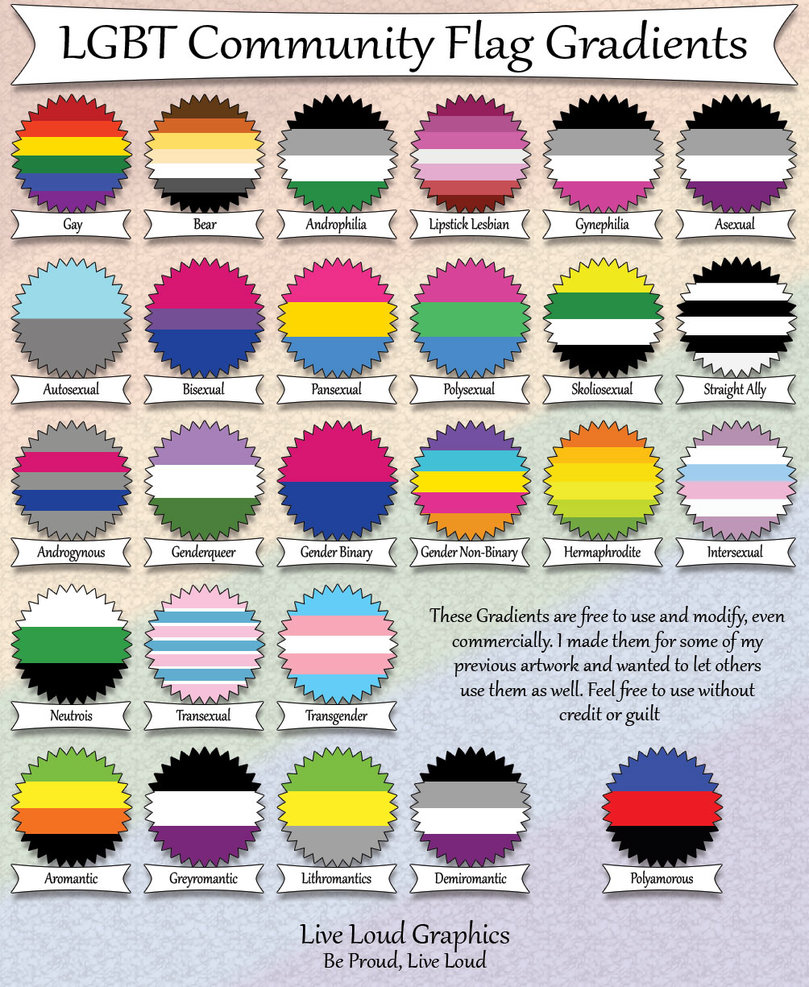
Labels: It’s all in a name
“What’s with all these LGBTQ+ people’s obsession over all these labels?!! Why can’t they just be themselves??”
It’s a common thought among those who aren’t a part of the community (or sometimes even among those who are a part of the binary sexuality or gender identities). Sometimes it’s a genuine question from someone wanting to better understand. Sometimes it’s a rude and dismissive remark scoffing about supposedly hyper sensitive snowflakes. But the commonality remains that many people don’t understand why there’s a need for all of the myriad of terms used to describe someone’s sexuality or gender. Many feel like we’re just splitting hairs, but it’s more than that.
The need for labels is finding words to explain yourself to yourself, to figure out and describe how you fit into and experience this big world and how you interact with others within it, and to attempt to describe your experience and who you are at your most true self to others.
While our society has the labels “straight” and “cis”, labels for “male” and “female”, the folks who fit those labels never or almost never need to use them (outside of advocacy/ally situations) because those labels are the assumed default. Everyone knows what those identities entail. There is a rich understanding of the assumptions about behavior and expression that’s imbedded in each identity, as well as the “acceptable” variations within each identity. An understanding of the rules and limitations expected by each label. Everyone is assumed to fit those identities until proven otherwise.
Those of us who don’t fit those default labels, need to use our labels to create space for us to be ourselves, and hopefully be understood/accepted by others, in a society that doesn’t make space for us. To try to build an understanding of ourselves for ourselves and others similar to that built into the layers of understanding of the default labels.
When you don’t fit either/or, then you don’t have that automatic background layers of information and culturally shared frame of reference that goes along with it. So don’t scoff at or get frustrated with people who feel the need to differentiate between non-binary, agender, genderfluid, demigender, etc. Or those who feel the need to differentiate between bisexual, pansexual, and polysexual. Each one of those have subtly different meanings. While the specific language and terms being used might be newish, the concepts behind them are old and have been around for centuries. Instead of scoffing and/or getting frustrated, perhaps instead try to understand what it is the person is trying to convey. You don’t have to remember every term, I know I don’t. Try to remember some of the concepts behind them, especially as it pertains to the individual.
Here’s a link that describes many of the popular terms. Here’s another one (this is the source of this post’s graphic, but I don’t love all their descriptions).
Disclaimer #1: Understand that some individual people use some terms slightly differently than the “main” definition as some of these terms are still evolving and still making their way in to a greater degree of general awareness. Always respect what each term means to the individual’s identity.
Disclaimer #2: Keep in mind that many LGBTQ+ people whose true identity is a lesser known one that is less understood by the mainstream will often tell non-LGBTQ+ people a less accurate but more familiar mainstream term. For example: When it comes to sexuality, I consider myself pansexual, but I’ll often tell people who are not likely to be familiar with that term that I’m bisexual instead because it’s close enough and most people understand it without significant explanation.
